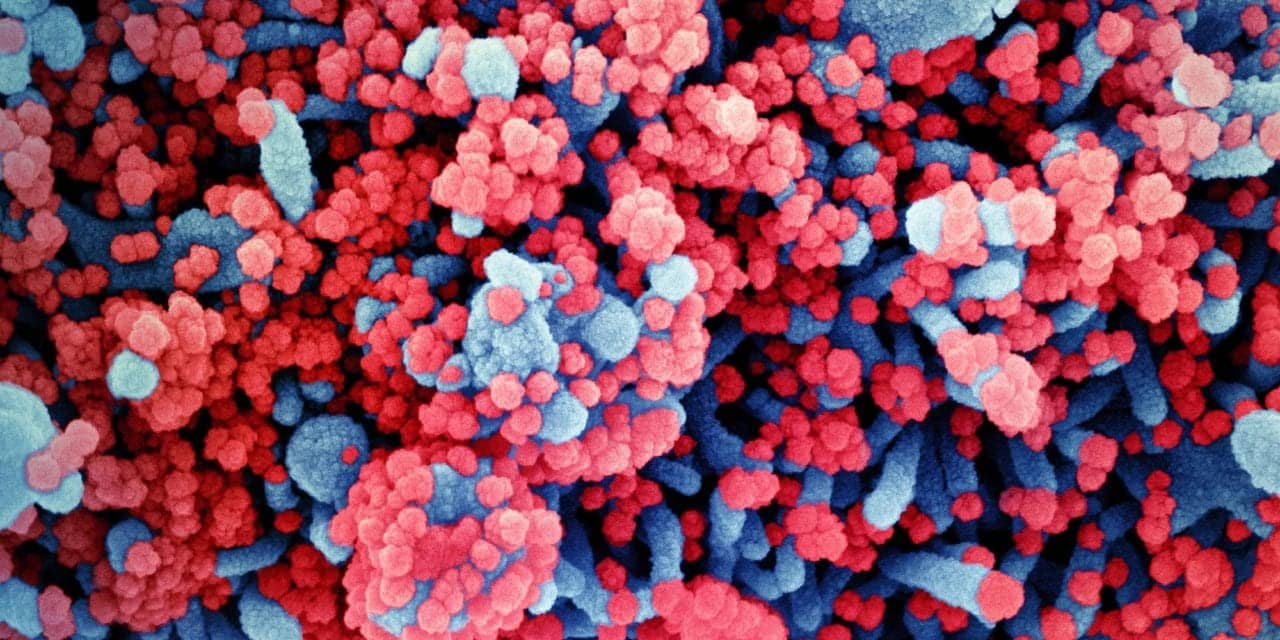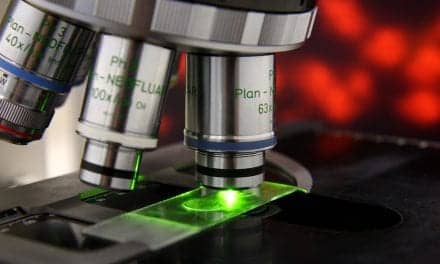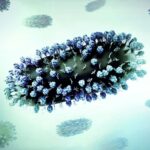Chemical engineers from Michigan Technological University have been able to manipulate viruses in a microfluidic device using electric fields. The study, published in Langmuir, looks at changes in the cell membrane and gives researchers a clearer idea of how antivirals work in a cell to stop the spread of infection.
Viruses carry around an outer shell of proteins called a capsid. The proteins act like a lockpick, attaching to and prying open a cell’s membrane. The virus then hijacks the cell’s inner workings, forcing it to mass produce the virus’s genetic material and construct many, many viral replicas. Much like popcorn kernels pushing away the lid of an overfilled pot, the new viruses explode through the cell wall. And the cycle continues with more virus lockpicks on the loose.
“When you look at traditional techniques — fluorescent labeling for different stages, imaging, checking viability — the point is to know when the membrane is compromised,” said Adrienne Minerick, study coauthor, dean of the College of Computing and a professor of chemical engineering. “The problem is that these techniques are an indirect measure. Our tools look at charge distribution, so it’s heavily focused on what’s happening between the cell membrane and virus surface. We discovered with greater resolution when the virus actually goes into the cell.”
Watching the viral infection cycle and monitoring its stages is crucial for developing new antiviral drugs and gaining better understanding of how a virus spreads. Dielectrophoresis happens when polarizable cells get pushed around in a nonuniform electric field. The movement of these cells is handy for diagnosing diseases, blood typing, studying cancer and many other biomedical applications. When applied to studying viral infection, it’s important to note that viruses have a surface charge, so within the confined space in a microfluidic device, dielectrophoresis reveals the electric conversation between the virus capsid and the proteins of a cell membrane.
“We studied the interaction between the virus and cell in relation to time using microfluidic devices,” said Sanaz Habibi, who led the study as a doctoral student in chemical engineering at Michigan Tech. “We showed we could see time-dependent virus-cell interactions in the electric field.”
During viral infection, the cells in the microfluidic device dance around, shifting into distinct patterns. The researchers say that in order to watch the infection happen, there needs to be the right ratio of virus to cells and the process takes time. Habibi’s experiment runs in 10-hour shifts, following the opening scenes of viral attachment, a long interlude of intrusion, and eventually the finale when the new viruses burst out, destroying the cell in the process.
Before they burst, cell membranes form structures called blebs, which change the electric signal measured in the microfluidic device. That means the dielectrophoresis measurements grant high-resolution understanding of the electric shifts happening at the surface of the cell through the whole cycle.









